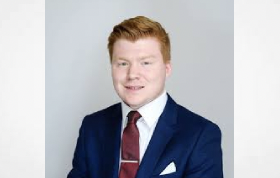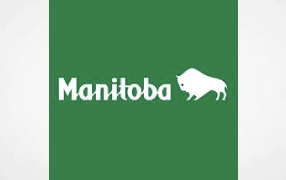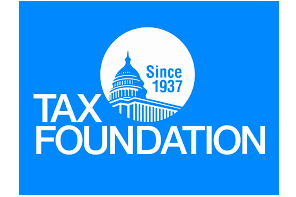Colorado Proposition 119: Increasing Cannabis Taxes
Colorado voters will also have to decide on Proposition 119. If voters approve, this measure will create an out-of-school program, the Learning Enrichment and Academic Progress Program (LEAP). To partially fund the program, the state’s tax on retail sales of cannabis would increase from 15 percent to 20 percent over three years. An additional $20 million will be allocated from the state’s general fund.
While the actual ballot question text asks voters to decide on a 5 percent increase in retail taxes on cannabis (from the current 15 percent), the legislative text implements a 5 percentage point increase (which would bring the rate to 20 percent, not 15.75 percent). According to the ballot question itself, the proposed increase is expected to raise taxes by $137.6 million annually, but the fiscal analysis in the state’s Blue Book estimates a short-term impact of $37 million in this fiscal year and $87 million in FY 2023. Since the increase would be approved by the voters, the increased tax burden is exempt from the state’s TABOR spending limit.
Colorado collected $410 million in cannabis excise taxes in FY 2021 from a 15 percent wholesale tax and 15 percent retail tax. An annual tax increase of $87 million represents an approximately 21 percent increase in tax collections compared to FY 2021 figures.
Relying on revenue from cannabis sales to bolster spending on education is inadvisable. Narrow excise taxes are unstable sources of revenue over time, and long-term government programs should avoid dependence on the behavior of a modest subset of consumers. In 2019, Colorado voters approved Proposition DD to legalize and tax sports betting to fund water projects. The estimates then were that sports betting would raise $16 million a year. The state is on track to collect less than $10 million this calendar year.
Excise taxes should generally only be levied to internalize externalities or to establish user fee systems. Moreover, Colorado’s tax design is tied to the price of the products, so in the event of a price drop, revenue and education funding would drop too. Such an event would not be unprecedented: from 2014 to 2019, the weighted average price of a gram of cannabis flower declined from $10.96 to $4.53, an average 16.0 percent year-over-year decrease.
Revenue from current taxes is allocated to local governments (10 percent), general fund (15 percent), state public school fund (13 percent), and Marijuana Tax Cash Fund (MTCF, 72 percent). Revenue allocated to the MTCF must be spent on health care, monitoring marijuana health effects, health education, and substance abuse prevention and treatment. Generally, the money offsets negative externalities associated with cannabis consumption; significant amounts are allocated to addiction prevention and treatment. However, this year, a bill passed to divert $100 million to fund BEST (Building Excellent Schools Today). Other spending, such as affordable housing, has also been funded by cannabis revenue.
Rather than increasing existing rates to fund the LEAP program, the state should consider re-designing cannabis taxes. Prices share no association with the negative externalities (harm) associated with consumption. Rather than levying the tax on price, taxes on cannabis should use a specific tax base: weight and potency.
Source: https://taxfoundation.org/colorado-election-results-tax-ballot-measures/

















